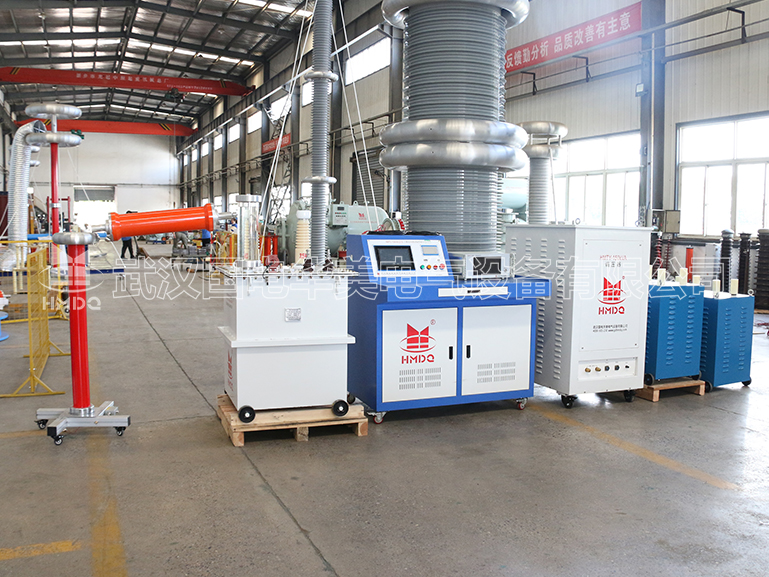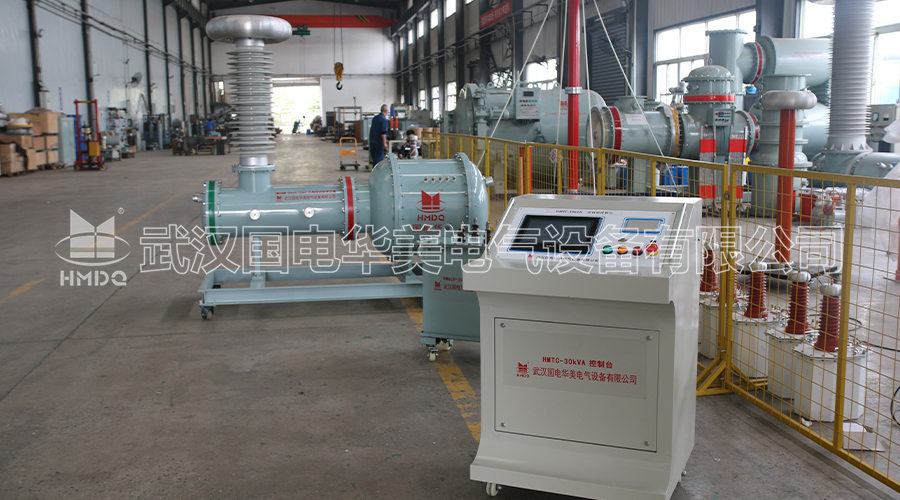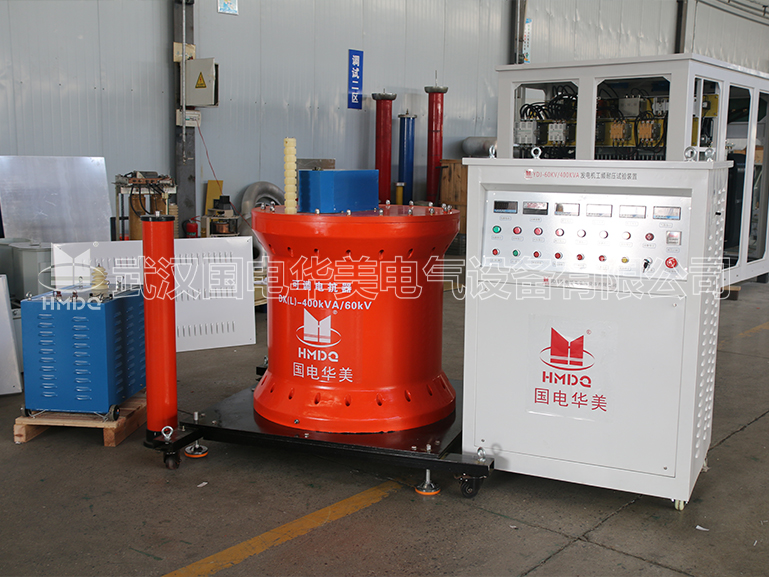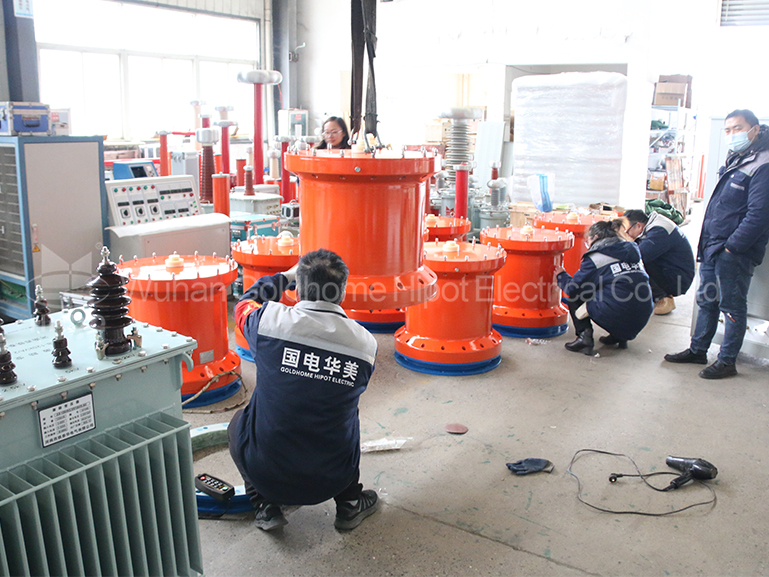Differences between inflatable test transformers and oil immersed test transformers

In the field of electrical engineering,transformers play a crucial role in the transmission and distribution of power.There are various types of transformers,but two of the most common ones are the inflatable test transformer and the oil-immersed test transformer.Both of these transformers serve the purpose of testing electrical equipment,but they have distinct differences in terms of their construction and operation.
The inflatable test transformer,also known as an air-core transformer,is designed to be lightweight and portable.It uses compressed air to inflate the insulation system,creating a gap between the windings and the ground.This design allows for easy transportation and installation,making it suitable for on-site testing.In contrast,the oil-immersed test transformer utilizes mineral oil as a cooling and insulation medium.This type of transformer is typically larger and heavier,and it requires a dedicated installation space due to the presence of the oil.
One of the key differences between these two types of transformers lies in their insulation systems.The inflatable test transformer relies on air as the insulation medium,which limits its voltage capacity and makes it suitable for low to medium voltage testing.On the other hand,the oil-immersed test transformer can handle higher voltages and provides better insulation properties due to the dielectric strength of the mineral oil.
Another important distinction is the cooling mechanism employed by each transformer.The inflatable test transformer relies on natural convection for cooling,which may limit its continuous operation at high loads.In contrast,the oil-immersed test transformer uses the mineral oil as a cooling medium,allowing for efficient heat dissipation and continuous operation at higher loads.
Furthermore,the maintenance requirements for these transformers differ significantly.The inflatable test transformer requires minimal maintenance due to its simple design and lack of oil.On the other hand,the oil-immersed test transformer needs regular monitoring and maintenance of the oil quality and insulation system to ensure reliable operation.
In conclusion,the inflatable test transformer and the oil-immersed test transformer have distinct differences in terms of their construction,operation,and application.While the inflatable test transformer offers portability and ease of installation,the oil-immersed test transformer provides higher voltage capacity,better insulation properties,and efficient cooling.Understanding these differences is essential for selecting the appropriate transformer for specific testing requirements in the field of electrical engineering.
The inflatable test transformer,also known as an air-core transformer,is designed to be lightweight and portable.It uses compressed air to inflate the insulation system,creating a gap between the windings and the ground.This design allows for easy transportation and installation,making it suitable for on-site testing.In contrast,the oil-immersed test transformer utilizes mineral oil as a cooling and insulation medium.This type of transformer is typically larger and heavier,and it requires a dedicated installation space due to the presence of the oil.
One of the key differences between these two types of transformers lies in their insulation systems.The inflatable test transformer relies on air as the insulation medium,which limits its voltage capacity and makes it suitable for low to medium voltage testing.On the other hand,the oil-immersed test transformer can handle higher voltages and provides better insulation properties due to the dielectric strength of the mineral oil.
Another important distinction is the cooling mechanism employed by each transformer.The inflatable test transformer relies on natural convection for cooling,which may limit its continuous operation at high loads.In contrast,the oil-immersed test transformer uses the mineral oil as a cooling medium,allowing for efficient heat dissipation and continuous operation at higher loads.
Furthermore,the maintenance requirements for these transformers differ significantly.The inflatable test transformer requires minimal maintenance due to its simple design and lack of oil.On the other hand,the oil-immersed test transformer needs regular monitoring and maintenance of the oil quality and insulation system to ensure reliable operation.
In conclusion,the inflatable test transformer and the oil-immersed test transformer have distinct differences in terms of their construction,operation,and application.While the inflatable test transformer offers portability and ease of installation,the oil-immersed test transformer provides higher voltage capacity,better insulation properties,and efficient cooling.Understanding these differences is essential for selecting the appropriate transformer for specific testing requirements in the field of electrical engineering.




